Your basket
All items are in stock.
Some items are not in stock. Restocking around if you validate today.
Some of your items are not in stock.
Some of your items are not available. Please remove them from your basket.
✓
In stock
Soon available. Only in stock.
Expected on . Only in stock.
On order. Only in stock.
Limited stock. Only in stock.
Sold out.Only in stock.
Available soon.Only in stock.
On quotation.Only in stock.
(-#%)
#
#
#
Free
UNBEATABLE PRICE:
Discount code
Total discount
Subtotal (VAT incl.) (VAT excl.)
Voucher deduction
Spend more until free delivery (mainland France only).
Free delivery to metropolitan France




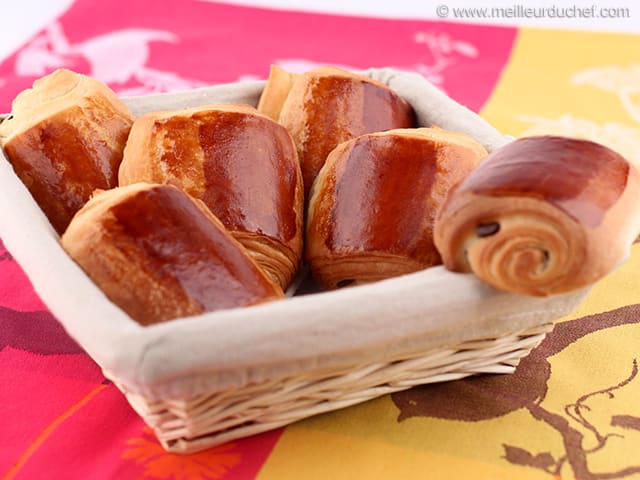
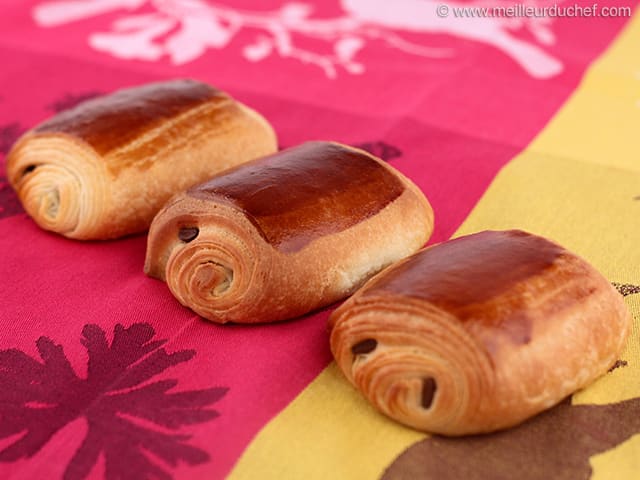
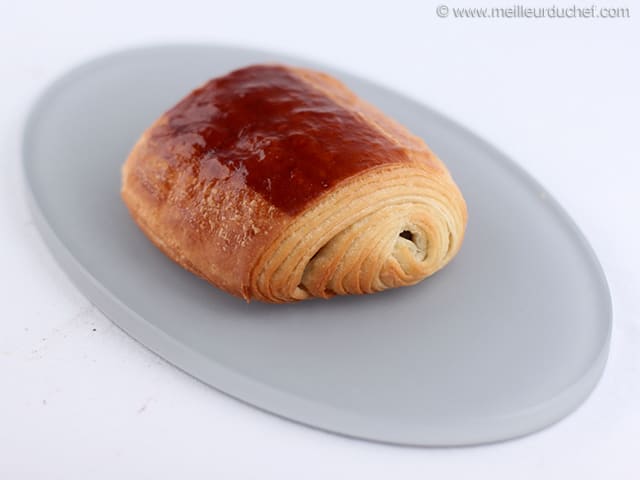
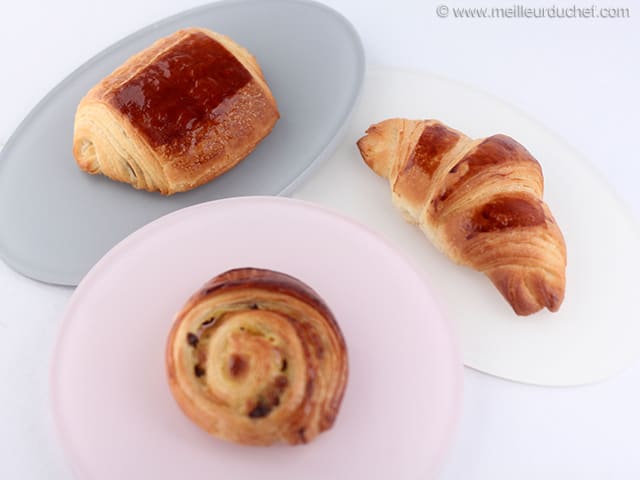





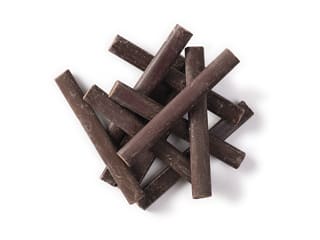
- 25g salt per kg flour far too much
- 60g fresh yeast is WAY too much, should be no more than 35 in any case.
- 480g milk is too little, should be around 550g
- should not be warm milk, cold.if anything is what you want. Warm milk will result in a too hot dough. Nobody needs warming milk to get yeast to work, it is just a legend
- 250g butter in mixing the dough is far too much, should be no more than 100g per kg flour....and even then it is a lot. 40g would be ideal
- once incorporating the butter to the dough then roll out before folding then only call it the first fold
- CASTER not CASTOR!!
Please do not teach if you do not know.